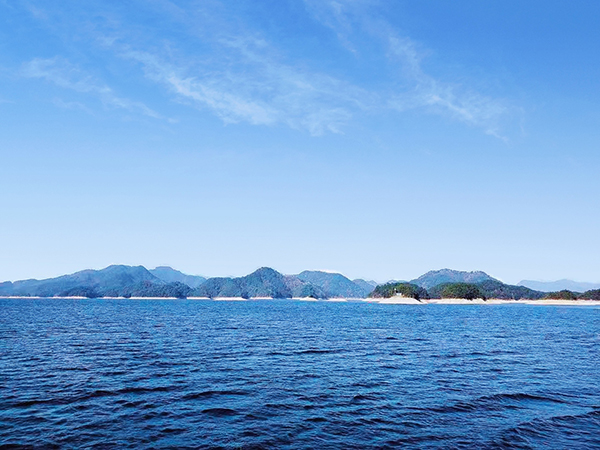
Lake Qiandaohu (Image by IHB)
The research group led by Prof. XIE Ping from the Institute of Hydrobiology (IHB) of the Chinese Academy of Sciences revealed that zooplankton can function as an indicator of water quality in fish-controlled subtropical reservoirs but not in nutrient-controlled tropical reservoirs. The study was published in Ecosystems.
Body size, one of the fundamental traits of organisms, could affect the dynamics of predator–prey interactions. Large zooplankton can improve water quality by grazing algae efficiently. However, with high fish predation and warm temperatures at low latitudes, zooplankton body size tends to decrease. It is unclear how fish stocking unbalances the trophic cascade of plankton to water quality along a latitudinal gradient of reservoirs.
Therefore, the researchers compared the subtropical Lake Qiandaohu and the tropical Guangdong reservoirs in the aspect of zooplankton body size and the strength of trophic cascades in the food chains.
They found that, in contrast to those in the Guangdong reservoirs, the dominant zooplankton had large body length and total biomass in Lake Qiandaohu. Also, they found that fish predation was the key factor for zooplankton body size and total biomass in Lake Qiandaohu, while water temperature and total phosphorus were the pivotal drivers of zooplankton body size and biomass in the Guangdong reservoirs.
Next, the researchers investigated the trophic cascade of fish to water quality by analyzing structural equation model.
They revealed that high fish predation weakened the zooplankton grazing pressure and indirectly reduced water clarity in Lake Qiandaohu, while fish had little effect on the inefficient algal grazing of zooplankton in the Guangdong reservoirs.
By comparing zooplankton size and the trophic cascade in food chain between the two types of reservoirs, the researchers showed that this difference may be related to the different foods available in the typical fish diet, and the hypolimnion refuge. These complex but probably common indirect effects of latitudinal temperature variations would further complicate general predictions about the relationships between fish predation and zooplankton body size.
The findings suggested that using zooplankton to control algae may be more feasible in the fish-controlled Lake Qiandaohu than in the nutrient-controlled Guangdong reservoirs. Thus, ecosystems dominated by large zooplankton tend to have clearer water, while tropical reservoirs dominated by small species readily become turbid.
This study is crucial for lake management and restoration given future challenges caused by climate effects exacerbating eutrophication.